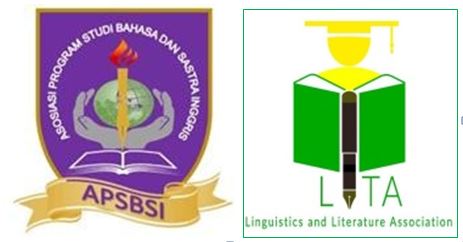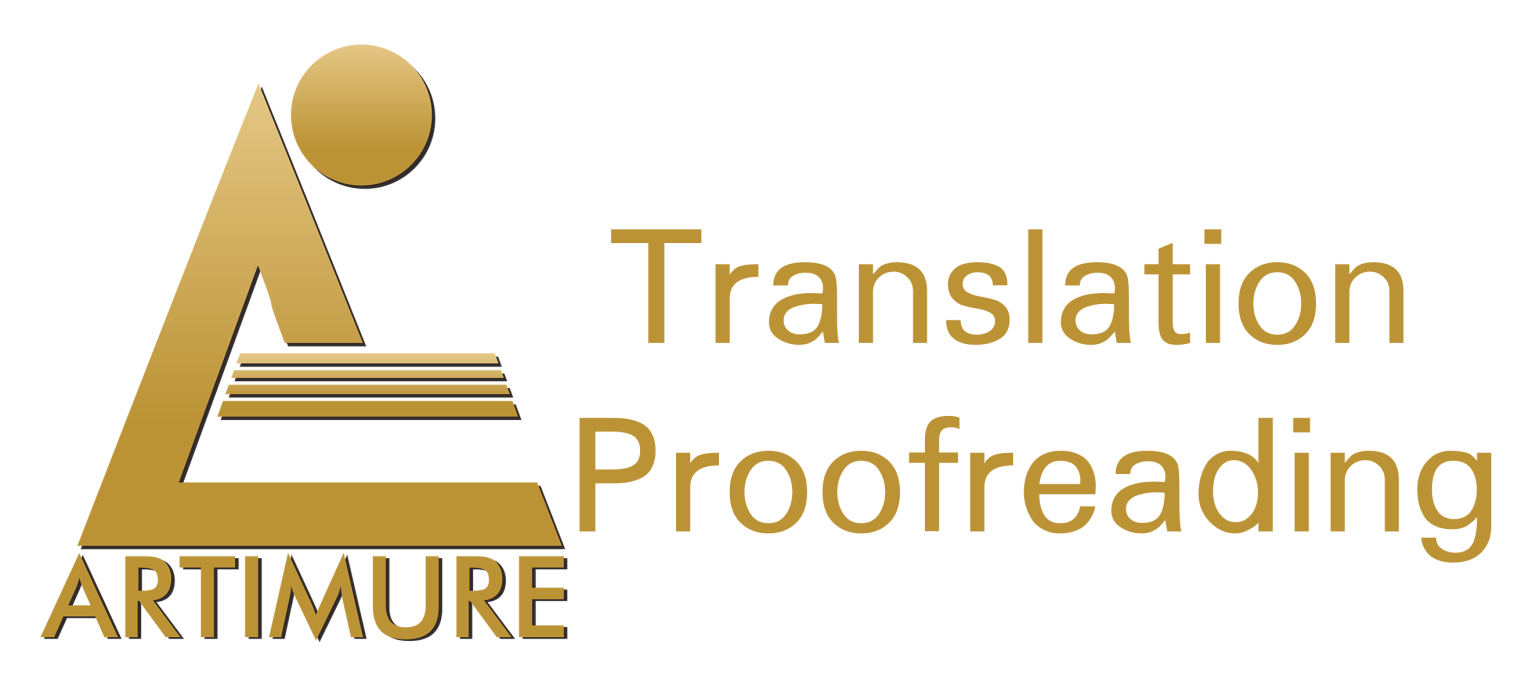Instructional Strategy for Comprehensible Meaning-Focused Input: Backward Learning Instruction
DOI:
https://doi.org/10.31849/utamax.v5i1.11416Keywords:
Instructional strategy Comprehensible Meaning-focused input Backward learning instruction Blended learning, Instructional strategy, Focused- input, Backward learning instruction, Blended learningAbstract
Backward Learning Instruction (BLI) is a recommended instructional practice to apply for an extensive reading and listening program to become comprehensible meaning-focused input as an initial idea from the flipped-learning model and backward design. This study explored how backward learning instruction as an instructional strategy applies in the learning process; and how students perceive backward learning instruction for comprehensible meaning-focused input. The author used a mixed method, with the descriptive and statistical description of 45 students from the law department at the Sekolah Tinggi Ilmu Hukum Pengayoman Bone, which was selected using purposive sampling. A study of the document was conducted to compile the BLI model, and a Guttman scale questionnaire was provided to gain firm and precise answers on BLI implementation. Then, the data were analyzed. The result presented the BLI model within three steps: 1) Preparing class, 2) Backward learning instruction, and 3) Knowledge enrichment. This study also found that BLI as an instructional strategy for comprehensible meaning-focused input showed a high agreement among students with high and very high categories converted by the students' propensity to respond to a scale. As an implication, BLI has contributed to providing solutions for learning the reading and listening comprehension process in distance, blended, and autonomous learning. EFL teachers, learners, and material developers must consider BLI as learning instruction due to its positive impact on students' self-faced learning.
References
Ahmadi Safa, M., & Motaghi, F. (2021). Cognitive vs. metacognitive scaffolding strategies and EFL learners’ listening comprehension development. Language Teaching Research, 13621688211021821, 1–24. https://doi.org/10.1177/13621688211021821
Arfan, H. H., Misnawati, Sakkir, G., Puspita, N., Akbar, Z., Asriadi, & Yusriadi, Y. (2021). Student learning interest in Covid-19 pandemic age by blended e-learning (asynchronous and synchronous). Proceedings of the International Conference on Industrial Engineering and Operations Management Singapore, 6330–6339.
Armes, J. W. (2020). Backward design and repertoire selection: Finding full expression. Music Educators Journal, 106(3), 54–59. https://doi.org/10.1177/0027432119893735
Brown, C. A., Danvers, K., & Doran, D. T. (2016). Student perceptions on using guided reading questions to motivate student reading in the flipped classroom. Accounting Education, 25(3), 256–271. https://doi.org/10.1080/09639284.2016.1165124
Calvo-Ferrer, J. R., & Belda-Medina, J. (2021). The effect of multiplayer video games on incidental and intentional l2 vocabulary learning: The case of among us. Multimodal Technologies and Interaction, 5(12), 1–16. https://doi.org/10.3390/mti5120080
Chang, A. C.-S. (2011). The effect of reading while listening to audiobooks: Listening fluency and vocabulary gain. Asian Journal of English Language Teaching, 21, 43–64.
Conklin, K., Alotaibi, S., Pellicer-Sánchez, A., & Vilkaitė-Lozdienė, L. (2020). What eye-tracking tells us about reading-only and reading-while-listening in a first and second language. Second Language Research, 36(3), 257–276. https://doi.org/10.1177/0267658320921496
Dehham, S. H., Bairmani, H. K., & Shreeb, M. A. (2022). Developing Iraqi EFL preparatory students’ performance in reading comprehension by flipped learning strategy. Journal of Language and Linguistic Studies, 18(Special Issue 1), 640–651.
Deregözü, A. (2021). The use of listening comprehension strategies in distance language education. English Language Teaching, 14(10), 62–69. https://doi.org/https://doi.org/10.5539/elt.v14n10p62
Dhawan, S. (2020). Online learning: A panacea in the time of COVID-19 crisis. Journal of Educational Technology Systems, 49(1), 5–22.
Duke, N. K., Ward, A. E., & Pearson, P. D. (2021). The science of reading comprehension instruction. The Reading Teacher, 74(6), 663–672. https://doi.org/https://doi.org/10.1002/trtr.1993
Etemadfar, P., Soozandehfar, S. M. A., & Namaziandost, E. (2020). An account of EFL learners’ listening comprehension and critical thinking in the flipped classroom model. Cogent Education, 7(1), 1–22. https://doi.org/10.1080/2331186X.2020.1835150
Evseeva, A., & Solozhenko, A. (2015). Use of flipped classroom technology in language learning. Procedia - Social and Behavioral Sciences, 206, 205–209. https://doi.org/10.1016/j.sbspro.2015.10.006
Fathi, J., & Hamidizadeh, R. (2019). The contribution of listening strategy instruction to improving second language listening comprehension: A Case of Iranian EFL learners. International Journal of Instruction, 12(2), 17–32. https://doi.org/https://doi.org/10.29333/iji.2019.1222a
Francisco, C. D. C., & Celon, L. C. (2020). Teachers’ instructional practices and its effects on students’ academic performance. International Journal of Scientific Research in Multidisciplinary Studies, 6(7), 64–71.
Hamdan, N., McKnight, P., McKnight, K., & Arfstrom, K. M. (2013). A review of flipped learning. In flippedlearning.org (pp. 1–21). https://flippedlearning.org/wp-content/uploads/2016/07/LitReview_FlippedLearning.pdf
Hinchliffe, L. J. (2016). Instructional design for literacy: using the “understanding by design” model to achieve learner success. https://iflasatellitetampere2012.files.wordpress.com/2012/08/session6b_hinchliffe.pdf
Hossain, Md. D., & Hasan, Md. K. (2022). A comparative study between the effectiveness of reading-only condition and reading-while-listening condition in incidental vocabulary acquisition. Journal of Language and Linguistic Studies, 18(Special Issue 1), 277–298.
Hosseini, H., Chalak, A., & Biria, R. (2019). Impact of backward design on improving Iranian advanced learners’ writing ability: Teachers’ practices and beliefs. International Journal of Instruction, 12(2), 33–50. https://doi.org/https://doi.org/10.29333/iji.2019.1223a
Hsieh, H.-C., & Hsieh, H.-L. (2019). Undergraduates’ out-of-class learning: Exploring EFL students’ autonomous learning behaviors and their usage of resources. In Education Sciences (Vol. 9, Issue 159, pp. 1–15). https://doi.org/10.3390/educsci9030159
Huang, Y.-M., Silitonga, L. M., & Wu, T.-T. (2022). Applying a business simulation game in a flipped classroom to enhance engagement, learning achievement, and higher-order thinking skills. Computers & Education, 183, 1–21. https://doi.org/https://doi.org/10.1016/j.compedu.2022.104494
Kantorski, B., Sanford-Dolly, C. W., Commisso, D. R., & Pollock, J. A. (2019). Backward design as a mobile application development strategy. Educational Technology Research and Development, 67(3), 711–731. https://doi.org/10.1007/s11423-019-09662-7
Karagul, S., & Sen, E. (2021). Turkish teachers’ attitudes towards distance learning during the Covid-19 pandemic. International Education Studies, 14(10), 53–64. https://doi.org/https://doi.org/10.5539/ies.v14n10p53
Khulaifiyah, K., Widati, U., Anugerahwati, M., & Suryati, N. (2021). Autonomous learning activities: The perceptions of English language students in Indonesia. Pegem Journal of Education and Instruction, 11(3), 34–49. https://doi.org/10.14527/pegegog.2021.00
Kieffer, M. J., Mancilla-Martinez, J., & Logan, J. K. (2021). Executive functions and English reading comprehension growth in Spanish-English bilingual adolescents. Journal of Applied Developmental Psychology, 73, 101238. https://doi.org/https://doi.org/10.1016/j.appdev.2021.101238
Kim, K. M., & Godfroid, A. (2019). Should we listen or read? Modality effects in implicit and explicit knowledge. Modern Language Journal, 103(3), 648–664. https://doi.org/10.1111/modl.12583
Kök, İ. (2018). Relationship between listening comprehension strategy use and listening comprehension proficiency. International Journal of Listening, 32(3), 163–179. https://doi.org/10.1080/10904018.2016.1276457
Krashen, S. D. (1981). The “fundamental pedagogical principle” in second language teaching. Studia Linguistica, 35(1–2), 50–70. https://doi.org/10.1111/j.1467-9582.1981.tb00701.x
Macalister, J., & Nation, P. (2019). Language curriculum design. Routledge.
Meyliana, Sablan, B., Surjandy, & Hidayanto, A. N. (2022). Flipped learning effect on classroom engagement and outcomes in university information systems class. Education and Information Technologies, 27(3), 3341–3359. https://doi.org/10.1007/s10639-021-10723-9
Milliner, B. (2021). The effects of combining timed reading, repeated oral reading, and extensive reading. Reading in a Foreign Language, 33(2), 191–211. http://hdl.handle.net/10125/67400
Missildine, K., Fountain, R., Summers, L., & Gosselin, K. (2013). Flipping the classroom to improve student performance and satisfaction. Journal of Nursing Education, 52(10), 597–599. https://doi.org/10.3928/01484834-20130919-03
Mori, S. (2015). If you build it, they will come: From a “field of dreams” to a more realistic view of extensive reading in an EFL Context. Reading in a Foreign Language, 27(1), 129–135.
Nakashima, K., Stephens, M., & Kamata, S. (2018). The interplay of silent reading, reading-while-listening and listening-only. The Reading Matrix: An International Online Journal, 18(1), 104–123.
Namaziandost, E., Razmi, M. H., Ahmad Tilwani, S., & Pourhosein Gilakjani, A. (2022). The impact of authentic materials on reading comprehension, motivation, and anxiety among Iranian male EFL learners. Reading & Writing Quarterly, 38(1), 1–18. https://doi.org/10.1080/10573569.2021.1892001
Nation, P., & Macalister, J. (2010). Language curriculum design. Routledge.
Noroozi, M., & Siyyari, M. (2019). Meaning-focused output and meaning-focused input: The case of passive and active vocabulary learning. Cogent Arts & Humanities, 6(1), 1651443. https://doi.org/10.1080/23311983.2019.1651443
Noughabi, M. A. (2017). The effect of meaning-focused listening input on Iranian intermediate EFL learners’ productive vocabulary size. Journal of Education and Practice, 8(15), 141–149. https://iiste.org/Journals/index.php/JEP/article/view/37044
Öncü, S., & Bichelmeyer, B. A. (2021). Instructional practices affecting learner engagement in blended learning environments. Participatory Educational Research (PER), 8(3), 210–226. https://doi.org/http://dx.doi.org/10.17275/per.21.62.8.3
Patrick, R. (2019). Comprehensible input and Krashen’s theory. Journal of Classics Teaching, 20(39), 37–44. https://doi.org/10.1017/S2058631019000060
Peets, K. F., Yim, O., & Bialystok, E. (2022). Language proficiency, reading comprehension and home literacy in bilingual children: the impact of context. International Journal of Bilingual Education and Bilingualism, 25(1), 226–240. https://doi.org/10.1080/13670050.2019.1677551
Raban, B. (2022). Strong conceptual knowledge developed through home reading experiences prior to school. Journal of Early Childhood Research, 20(3), 357–369. https://doi.org/10.1177/1476718X221083413
Renandya, W. A., & Jacobs, G. M. (2016). Extensive reading and listening in the L2 classroom. In W. A. Renandya & P. Handoyo (Eds.), English language teaching today (pp. 97–110). Routledge.
Riser, Q. H., Rouse, H. L., Choi, J. Y., & Ku, S. (2020). The contribution of home literacy context to preschool academic competencies for American Indian and Alaska native children. Child & Youth Care Forum, 49(2), 303–323. https://doi.org/10.1007/s10566-019-09529-1
Sheerin, S. (1991). Self-access. Lang Teach, 3, 143–157.
Smith, R. (2020). Flipped learning during a global pandemic: Empowering students with choice. International Journal of Multidisciplinary Perspectives in Higher Education, 5(1), 100–105.
Spörer, N., Brunstein, J. C., & Kieschke, U. (2009). Improving studentsʼ reading comprehension skills: Effects of strategy instruction and reciprocal teaching. Learning and Instruction, 19(3), 272–286. https://doi.org/https://doi.org/10.1016/j.learninstruc.2008.05.003
van Alten, D. C. D., Phielix, C., Janssen, J., & Kester, L. (2019). Effects of flipping the classroom on learning outcomes and satisfaction: A meta-analysis. Educational Research Review, 28, 1–21. https://doi.org/https://doi.org/10.1016/j.edurev.2019.05.003
Waring, R., & McLean, S. (2015). Exploration of the core and variable dimensions of extensive reading research and pedagogy. Reading in a Foreign Language, 27(1), 160–167.
Wawire, B. A., & Zuilkowski, S. S. (2021). The role of vocabulary and decoding language skills in reading comprehension: a cross-linguistic perspective. International Multilingual Research Journal, 15(1), 23–42. https://doi.org/10.1080/19313152.2020.1753953
Westbrook, J., Sutherland, J., Oakhill, J., & Sullivan, S. (2019). ‘Just reading’: the impact of a faster pace of reading narratives on the comprehension of poorer adolescent readers in English classrooms. Literacy, 53(2), 60–68. https://doi.org/https://doi.org/10.1111/lit.12141
Wiggins, G., & McTighe, J. (1998). Understanding by design. Association for Supervision and Curriculum Development.
Wood, L., Browder, D. M., & Spooner, F. (2019). Teaching listening comprehension of science e-texts for students with moderate intellectual disability. Journal of Special Education Technology, 35(4), 272–285. https://doi.org/10.1177/0162643419882421
Xie, Z. (2020). Effectiveness of autonomous learning materials for students during the COVID-19 pandemic: A case study of the Daxie Second Elementary School in Ningbo, Zhejiang, China. Sci Insigt Edu Front, 6(1), 613–624. https://doi.org/10.15354/sief.20.or023
Yin, R. K. (2018). case study research and applications: design and methods (sixth edition). SAGE Publications, Inc.










